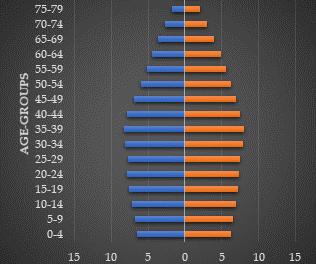A recent study led by researchers at Rockefeller University has shed light on why some patients with rheumatoid arthritis (RA) continue to experience pain despite treatment with powerful anti-inflammatory drugs. Published in Science Translational Medicine, the study identifies a group of genes responsible for abnormal growth of sensory neurons in the affected joints, offering potential new avenues for treatment.
RA, a chronic autoimmune disease, causes inflammation, stiffness, and pain in the joints. While anti-inflammatory drugs have revolutionized the treatment of RA for many patients, about 20% still experience persistent pain and swelling that does not respond to medication. These patients often undergo multiple rounds of drug therapy without relief, prompting researchers to investigate the underlying causes.
“We found that in some cases, the pain experienced by these patients is not due to inflammation but rather to excessive tissue growth,” explains co-senior author Dana Orange, highlighting the need to understand why these patients continue to experience pain despite treatment.
The researchers conducted a comprehensive analysis of tissue samples from RA patients who reported pain but showed little inflammation in their joints. Using advanced techniques such as RNA sequencing and machine learning algorithms, they identified 815 genes associated with patient-reported pain.
“This was a challenging problem due to the large number of genes involved, but our approach effectively identified key genes linked to pain,” says co-senior author Fei Wang, emphasizing the importance of their novel computational method.
Further analysis revealed that these genes were involved in pathways related to the growth of sensory neurons, which transmit pain signals to the brain. The researchers also discovered that a protein called Netrin-4, produced by fibroblast cells in the joints, played a crucial role in promoting the growth of pain-sensitive neurons.
“Our findings suggest that targeting these abnormal growth pathways in sensory neurons could offer new therapeutic strategies for patients with RA who do not respond to conventional anti-inflammatory drugs,” says Orange.
Moving forward, the researchers plan to investigate additional factors produced by fibroblast cells that may influence the growth of sensory neurons. By better understanding the underlying mechanisms of pain in RA, they hope to develop more targeted and effective treatments for patients who do not experience relief from current therapies.
“We need to do a better job of matching the right treatment to the right patient,” concludes Orange. “Our research provides valuable insights into the biological mechanisms driving pain in RA, paving the way for personalized treatments tailored to individual patients’ needs.”












